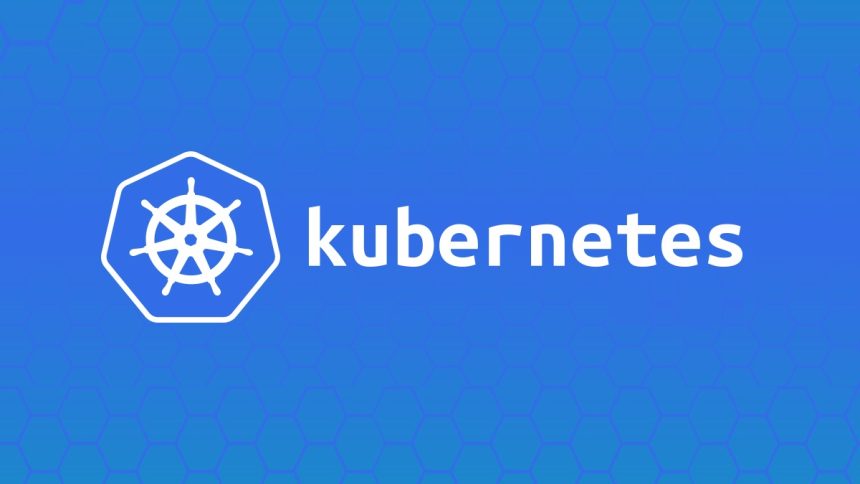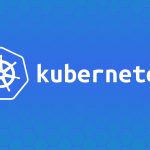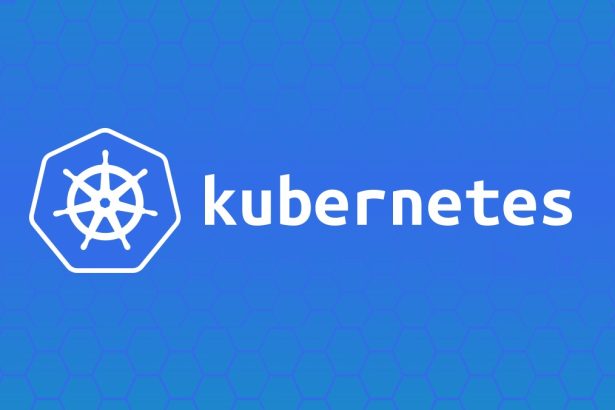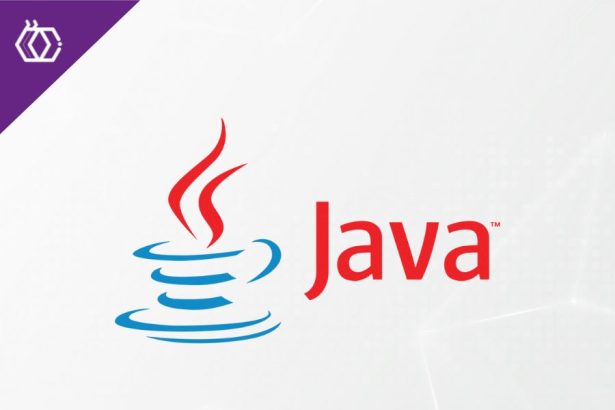Kubernetes networking forms the backbone of communication between Pods, Services, and external entities in a cluster. Modern networking solutions like Calico and Cilium offer advanced capabilities for scalability, security, and performance. This guide dives into Kubernetes networking, exploring eBPF-based networking, NetworkPolicies, debugging techniques, and multi-cluster connectivity.
Table of Contents
- Calico and Cilium (eBPF-Based Networking)
- Deep Dive into NetworkPolicies
- Debugging DNS and Pod-to-Pod Networking
- Multi-Cluster Networking
- Final Thoughts
Calico and Cilium (eBPF-Based Networking)
Introduction to Calico
Calico is a high-performance networking and network security solution for Kubernetes. It uses a combination of BGP (Border Gateway Protocol) and IPAM (IP Address Management) for scalable networking and supports NetworkPolicies to enforce security boundaries.
Calico Key Features:
- IP-Based Networking: Offers L3 routing for optimized performance.
- NetworkPolicies: Enforces fine-grained traffic controls.
- Compatibility: Supports hybrid and multi-cloud environments.
Installing Calico:
Calico can be installed with a single command using its manifest:
kubectl apply -f https://docs.projectcalico.org/manifests/calico.yaml
Calico Example Use Case:
Deploy an application with Pod-to-Pod communication restricted to the namespace:
apiVersion: networking.k8s.io/v1
kind: NetworkPolicy
metadata:
name: deny-cross-namespace
spec:
podSelector: {}
policyTypes:
- Egress
- Ingress
ingress:
- from:
- namespaceSelector:
matchLabels:
name: my-namespace
Introduction to Cilium
Cilium, powered by eBPF (extended Berkeley Packet Filter), is a next-generation networking plugin designed for high scalability and visibility. eBPF allows Cilium to insert logic directly into the kernel for faster, safer execution.
Cilium Key Features:
- eBPF Networking: Delivers higher performance by bypassing traditional kernel networking stacks.
- Layer 7 Policies: Supports API-level controls for HTTP, Kafka, gRPC, and more.
- Cluster Mesh: Provides multi-cluster connectivity and service discovery.
Installing Cilium:
Install Cilium via its CLI:
helm install cilium cilium/cilium --namespace kube-system
Cilium Example Policy:
Restrict Pods to allow HTTP traffic only to specific endpoints:
apiVersion: "cilium.io/v2"
kind: CiliumNetworkPolicy
metadata:
name: allow-http
spec:
endpointSelector:
matchLabels:
app: my-app
egress:
- toEndpoints:
- matchLabels:
app.kubernetes.io/name: back-end
toPorts:
- ports:
- port: "80"
protocol: TCP
rules:
http:
- method: "GET"
pathRegex: "^/status/.*"
Deep Dive into NetworkPolicies
Understanding NetworkPolicies
NetworkPolicies are Kubernetes objects that control ingress and egress traffic at the Pod level. By default, Pods in Kubernetes can freely communicate, but enabling NetworkPolicies restricts this behavior.
Key Components:
- PodSelector: Specifies the affected Pods.
- Ingress/Egress Rules: Configures allowed traffic directions.
- NamespaceSelector & IPBlock: Defines external or namespace-level traffic sources.
Example Basic NetworkPolicy (Allow-Web-Ingress):
Allow incoming traffic to Pods with label app=web from any namespace:
apiVersion: networking.k8s.io/v1
kind: NetworkPolicy
metadata:
name: allow-web-ingress
spec:
podSelector:
matchLabels:
app: web
ingress:
- from:
- namespaceSelector: {}
Advanced Examples
Deny All Traffic Except Database Access:
apiVersion: networking.k8s.io/v1
kind: NetworkPolicy
metadata:
name: db-only
spec:
podSelector:
matchLabels:
app: backend
policyTypes:
- Egress
egress:
- to:
- podSelector:
matchLabels:
app: database
Isolation by Namespace:
Block Pods from communicating across namespaces:
apiVersion: networking.k8s.io/v1
kind: NetworkPolicy
metadata:
name: namespace-isolate
spec:
podSelector:
matchLabels:
role: worker
ingress:
- from:
- podSelector:
matchLabels:
appOwnerNamespace: same
Debugging DNS and Pod-to-Pod Networking
DNS Resolution in Kubernetes
Kubernetes provides in-cluster DNS (e.g., CoreDNS) to resolve Pod and Service names.
Sample DNS Name Resolution:
| Type | FQDN Example |
|---|---|
| Pod IP-based | <pod-ip>.default.pod.cluster.local |
| Service Name-based | my-service.my-namespace.svc.cluster.local |
Troubleshooting DNS
- Check CoreDNS Pods:
Ensure Pods are running and healthy:
kubectl get pods -n kube-system -l k8s-app=kube-dns
- Test DNS Lookup:
Use BusyBox to test DNS:
kubectl run -it --rm dns-debug --image=busybox -- nslookup my-service
- Inspect CoreDNS ConfigMap:
Ensure correct domain settings inkube-system:
kubectl edit configmap coredns -n kube-system
Troubleshooting Pod Networking
- ping Command:
Check connectivity between Pods:
kubectl exec -it pod-a -- ping pod-b
- Logs from CNI Plugins:
Inspect Calico or Cilium logs for network plugin issues:
kubectl logs -n kube-system <cni-plugin-pod>
- tcpdump for Packet Insights:
Use tcpdump to monitor network traffic inside a node:
kubectl exec -it pod-a -- tcpdump -i eth0
Multi-Cluster Networking
Challenges in Multi-Cluster Networking
- Cross-cluster service discovery.
- Managing consistent network policies between clusters.
- Low-latency connectivity while ensuring high security.
Solutions Using KubeFed, Submariner, and Cilium Cluster Mesh
KubeFed (Kubernetes Federation):
Synchronizes resources like Deployments across clusters.
Install KubeFed:
kubefedctl join cluster-2 --host-cluster-context cluster-1
Submariner for Cross-Cluster Connectivity
Submariner creates secure IP tunnels between clusters for seamless connectivity.
Install Submariner:
helm install submariner-latest submariner-charts/submariner
Cilium Cluster Mesh
Cilium Cluster Mesh supports service discovery and connectivity between clusters in a secure manner using eBPF.
Enabling Cilium Cluster Mesh:
helm install cilium-cm cilium/cilium-cluster-mesh --namespace kube-system
Multi-Cluster Service Example
Expose a multi-cluster Service:
apiVersion: networking.k8s.io/v1
kind: Service
metadata:
name: my-app
annotations:
"submariner.io/global": "true"
spec:
selector:
app: my-app
ports:
- port: 80
targetPort: 8080
Final Thoughts
Advanced Kubernetes networking solutions like Calico and Cilium offer tremendous flexibility for securing, scaling, and visualizing cluster communication. A robust understanding of NetworkPolicies, DNS debugging methods, and multi-cluster frameworks allows operators to build highly secure and performant Kubernetes environments.
By combining these tools and techniques, you can address both everyday networking needs and complex scaling challenges with confidence!



